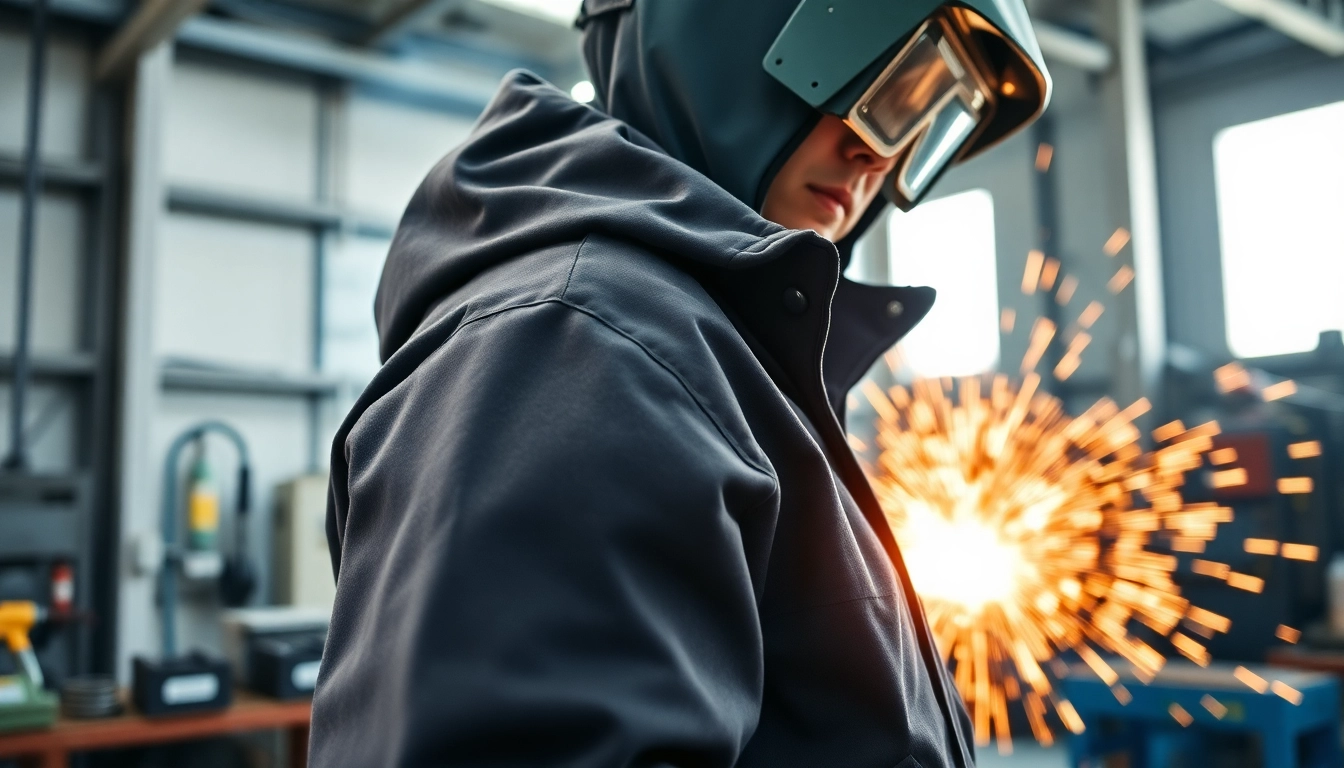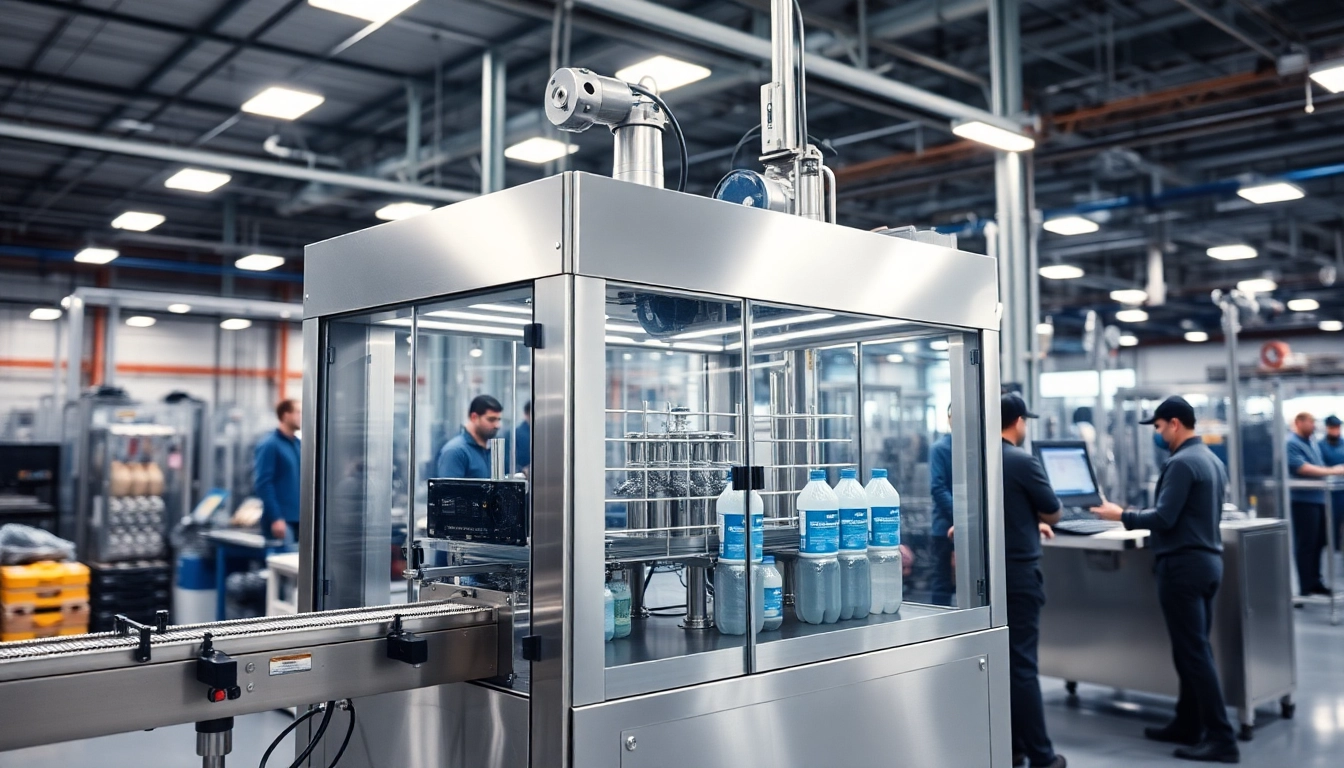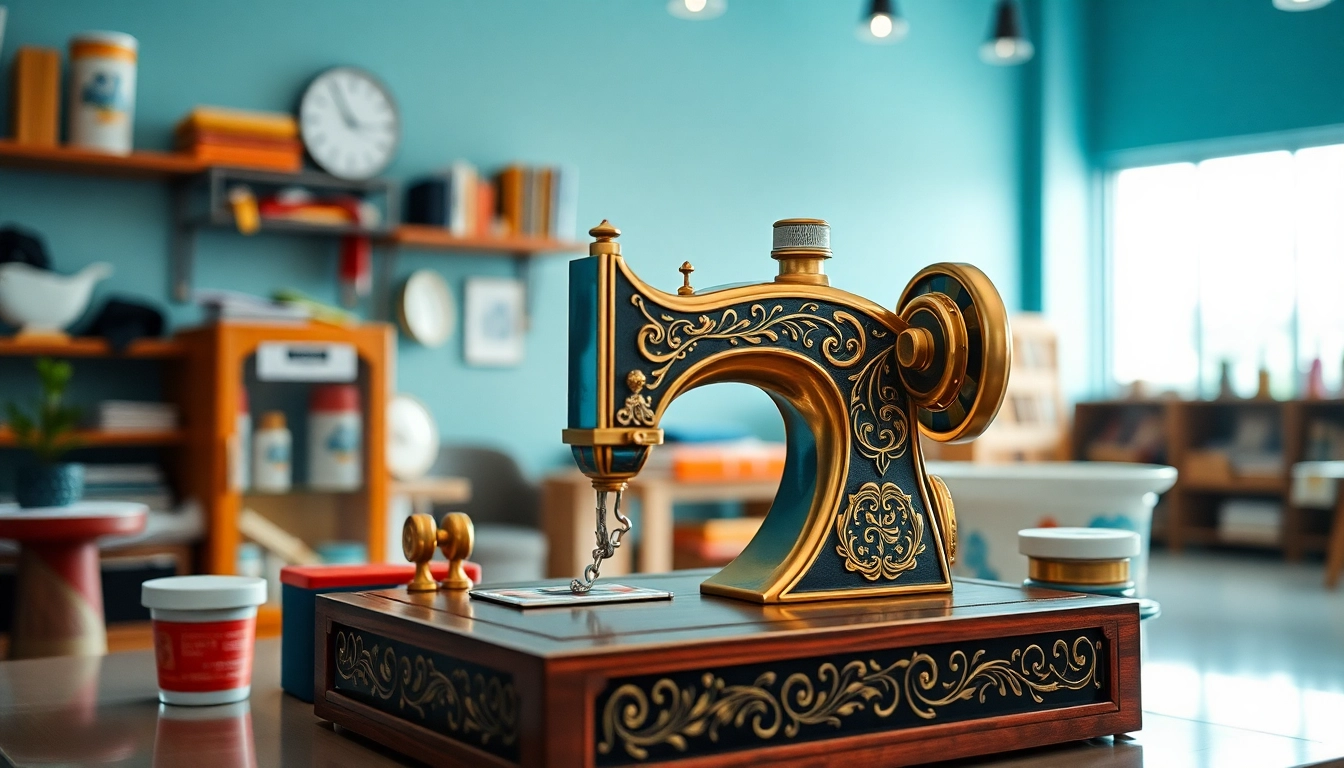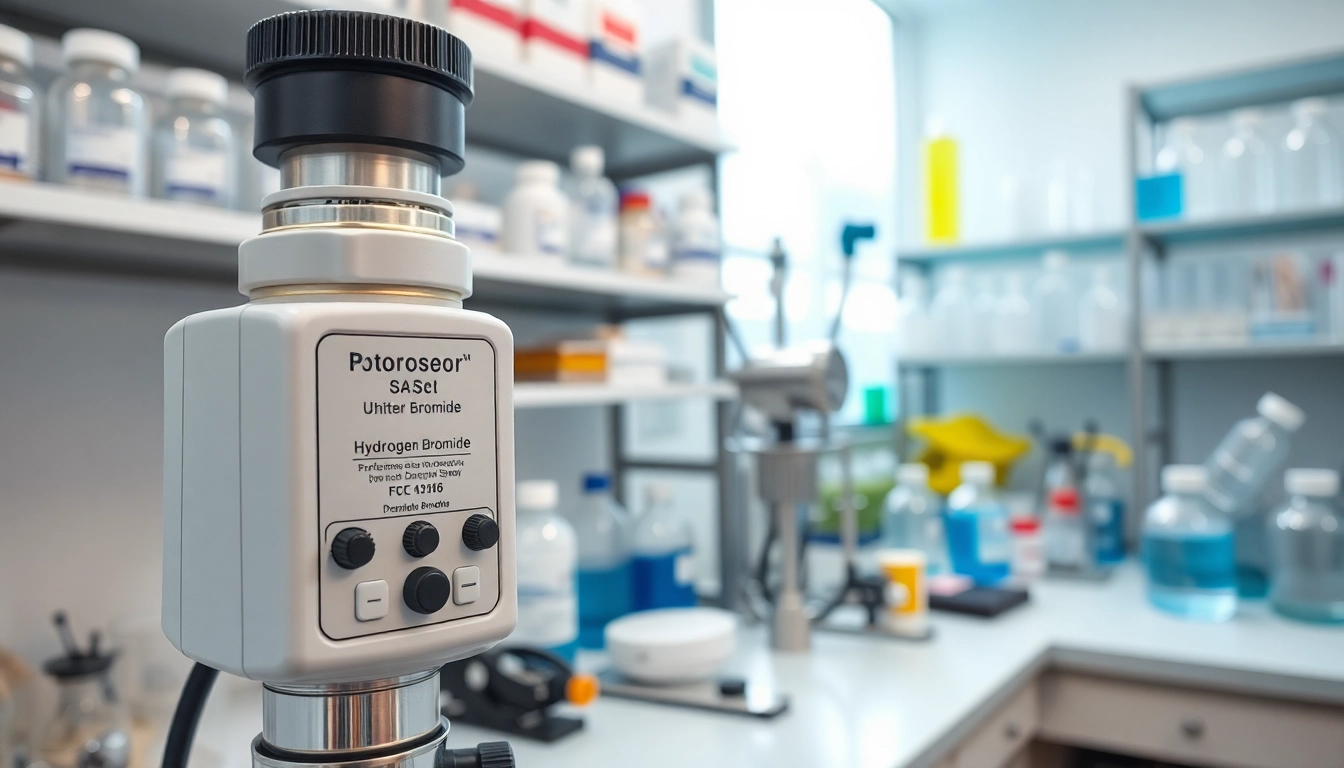Understanding Welding Jackets: A Vital Safety Gear
Welding is an essential skill used in various industries, from construction to automotive manufacturing, requiring adequate protective gear to ensure safety and comfort. One of the key pieces of equipment for any welder is a welding jacket. This article delves deep into the significance of welding jackets, their types, key considerations for selection, maintenance practices, and reviews of top brands to help professionals and hobbyists alike find the right gear for their needs.
What is a Welding Jacket?
A welding jacket is a protective outer garment designed specifically for the unique risks associated with welding processes. Typically made from flame-resistant materials, welding jackets shield the wearer from sparks, spatter, heat, and harmful UV radiation, which are prevalent in welding environments. They are an indispensable part of personal protective equipment (PPE) for welders, ensuring safety while allowing optimum movement and comfort during work.
Importance of Flame-Resistant Materials
The primary function of a welding jacket is to protect against high temperatures and fire hazards. Thus, the materials used in their construction must be flame-resistant or flame-retardant. Common fabrics include:
- Cotton: Known for comfort, breathable cotton welding jackets are often treated with flame-retardant chemicals to enhance their protective qualities.
- Leather: Offering superior protection, leather jackets resist heat and flames well, making them ideal for high-temperature welding processes.
- Synthetic blends: Fabrics such as polyester, while lighter, should be avoided as they can melt and stick to the skin in case of a fire. Always ensure that blended materials are specifically designed for welding applications.
The effectiveness of these materials is governed by their ability to withstand intense heat and direct exposure to flames, often tested and certified according to industry standards.
Common Features of Welding Jackets
When evaluated, welding jackets come equipped with several features aimed at enhancing safety, comfort, and usability, including:
- High collars: Prevents sparks from entering the collar area.
- Long sleeves: Provides arm protection, particularly important for overhead work.
- Adjustable fittings: Allow welders to customize their fit, ensuring freedom of movement while reducing exposure.
- Pockets: Strategically placed pockets for convenience can hold tools and other essentials.
Types of Welding Jackets Available
Welding jackets are not a one-size-fits-all gear; they come in various types catering to different needs and preferences. Understanding these differences is crucial for welders to be protected adequately.
Leather vs. Cotton Welding Jackets
Both leather and cotton are popular materials, each with their unique attributes:
- Leather Welding Jackets: Known for superior durability and protection against sparks and heat, leather jackets are ideal for heavy-duty welding. However, they can be heavier and may not be as breathable as cotton.
- Cotton Welding Jackets: Generally lightweight and more comfortable, these jackets are suitable for light-duty applications and are often treated for flame resistance. Cotton jackets are easier to wash and maintain yet may not afford the same level of thermal protection as leather.
Lightweight vs. Heavy-Duty Jackets
The choice between lightweight and heavy-duty jackets depends extensively on the specific tasks:
- Lightweight Jackets: Great for indoor welding jobs or lighter tasks, allowing for greater mobility and ease of wear. They’re particularly suitable for hobby welders or short-duration work.
- Heavy-Duty Jackets: Designed for rigorous operations, these jackets offer extensive protective features making them ideal for industrial or professional welding under harsher conditions.
Specialized Jackets for Specific Welding Methods
Different welding techniques may require specific jacket styles or features:
- MIG and TIG Welding: While both methods generate significant heat, MIG welding often uses wire material, hence the need for jackets specifically treated for spatter resistance.
- Stick Welding: This requires jackets to facilitate protection from molten metal, often necessitating heavier and more robust materials.
Key Factors to Consider When Choosing a Welding Jacket
Choosing the right welding jacket is paramount for safety and comfort during welding activities. A detailed assessment of various factors can help you make an informed decision.
Fit and Comfort During Welding
A welding jacket’s fit is crucial for optimal protection and comfort:
- Ensure that the jacket is neither too tight nor too loose; a fitted jacket allows ease of movement while a loose jacket can easily become a hazard by getting caught in equipment.
- Opt for jackets with adjustable cuffs or waistband to adapt to personal comfort.
Safety Ratings and Compliance Standards
It’s essential to look for jackets that comply with industry safety standards defined by organizations like ANSI (American National Standards Institute) and ASTM (American Society for Testing and Materials). These ratings often indicate:
- Resistance to flames and heat
- Durability in hazardous conditions
- Protection against specific welding techniques
Cost vs. Quality: Finding the Right Balance
When investing in a welding jacket, it’s crucial to find a balance between cost and quality. Consider:
- Assessing reviews and feedback on durability and comfort from fellow welders.
- Understanding that while the cheapest option may save money initially, investing in a higher quality jacket can save costs in the long run by reducing replacements.
Maintaining Your Welding Jacket for Longevity
Proper maintenance of your welding jacket extends its life and functionality significantly. Here are key practices for keeping your jacket in top condition.
Cleaning Techniques for Different Materials
Understanding the right cleaning processes based on the jacket material is essential:
- Cotton Jackets: Wash in cold water with mild detergent. Avoid bleach, as it can degrade the fabric’s flame-resistant properties.
- Leather Jackets: Wipe down with a damp cloth to remove dirt and grime. Regular conditioning with a leather treatment is necessary to maintain flexibility and protection.
Storage Practices to Preserve Jacket Quality
Storing your welding jacket properly prevents damage and maintains its protective qualities:
- Keep it in a dry, cool place away from direct sunlight that can fade and weaken the fabric.
- Use hangers designed for jackets to avoid creases or damage from folding.
Signs That It’s Time for a Replacement
Monitoring the condition of your welding jacket can help you know when to replace it. Look for:
- Faded color, indicating reduced flame-resistant effectiveness.
- Frayed edges or holes, which compromise protection.
- Loss of fit or protective qualities through wear.
Top Brands and Models of Welding Jackets
With numerous brands available, selecting a reliable welding jacket can be daunting. Below is a look at some of the top brands known for their quality and performance in the welding industry.
Review of Leading Brands in the Market
Several prominent brands stand out in the welding apparel market:
- Miller Electric: Renowned for producing durable jackets that offer superior protection suitable for various types of welding applications.
- Revco Black Stallion: Offers a range of jackets tailored for heavy-duty and light-duty welding, renowned for their comfort and safety features.
- Tillman: Focuses on quality materials and designs known to withstand harsh working conditions while providing comfort.
Comparative Analysis of Popular Welding Jackets
When comparing specific models, consider factors such as material, user reviews, safety features, and price points. For example:
- Miller Classic Cloth Jacket: Offers excellent breathability and comfort, perfect for light-duty tasks.
- Revco BSX 9oz Cotton Jacket: Durable and flame-resistant, an ideal pick for MIG welders.
- Tillman Leather Welding Jacket: Provides high levels of protection in heavy-duty environments.
Customer Testimonials and Feedback
Reviewing customer feedback can offer valuable insights into the performance and durability of a welding jacket. Many users emphasize factors like comfort during extended wear, effectiveness in providing heat resistance, and durability after repeated use. Observations around the fitment and range of motion are also common.
In conclusion, selecting a welding jacket requires a thorough understanding of the wrapping features, types available, and maintenance practices. By prioritizing safety and quality, welders can find jackets that meet their specific needs, ensuring they stay protected while performing their craft proficiently.



